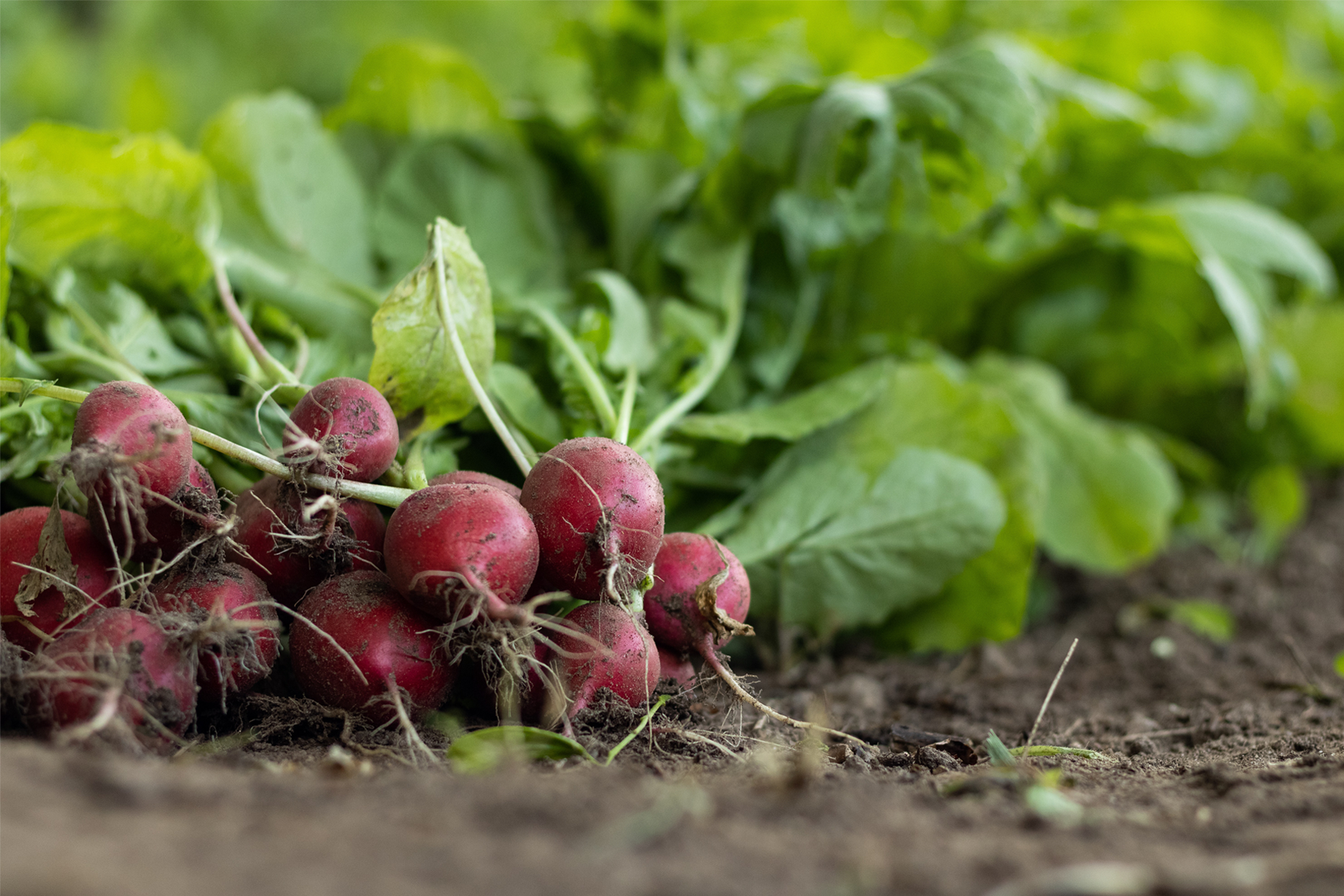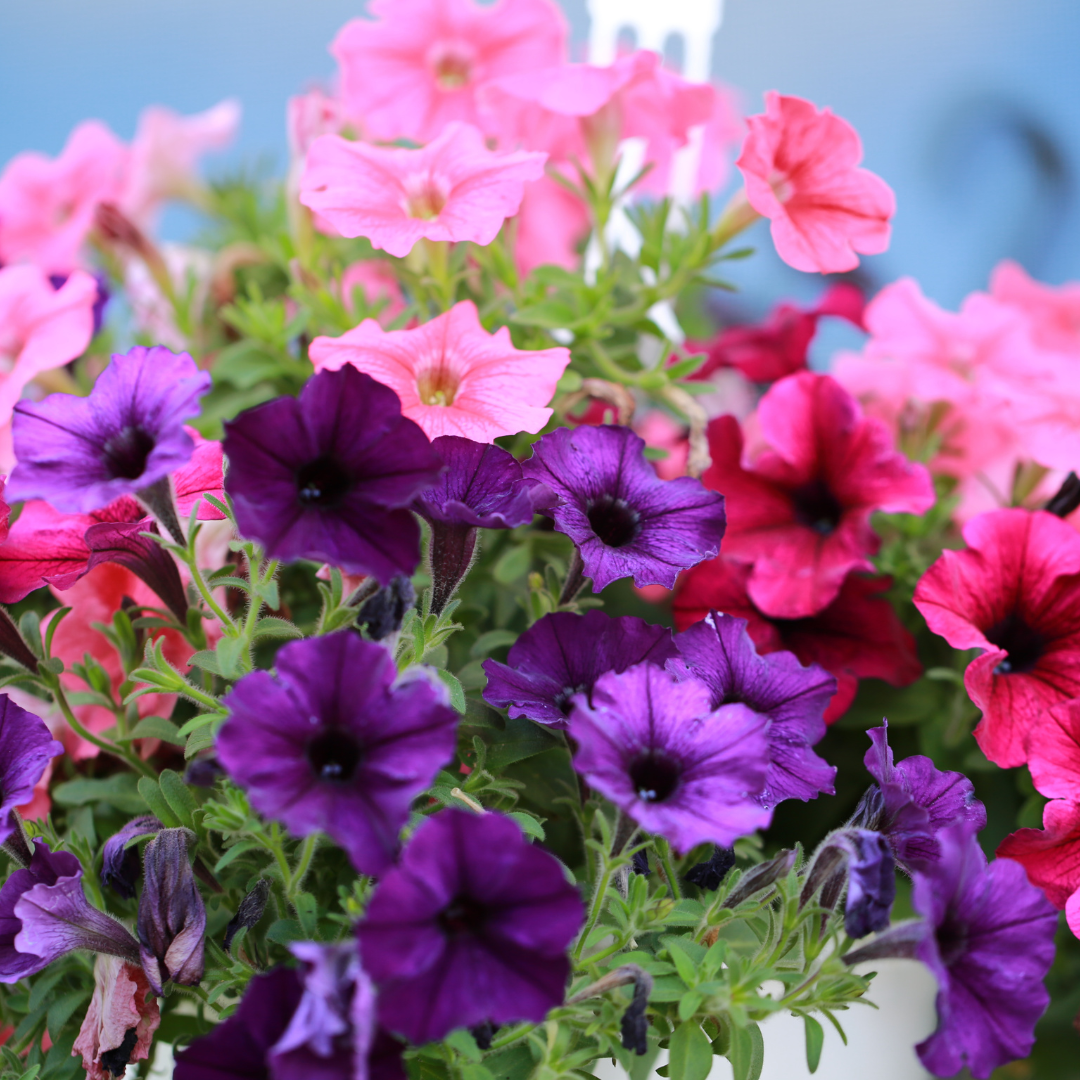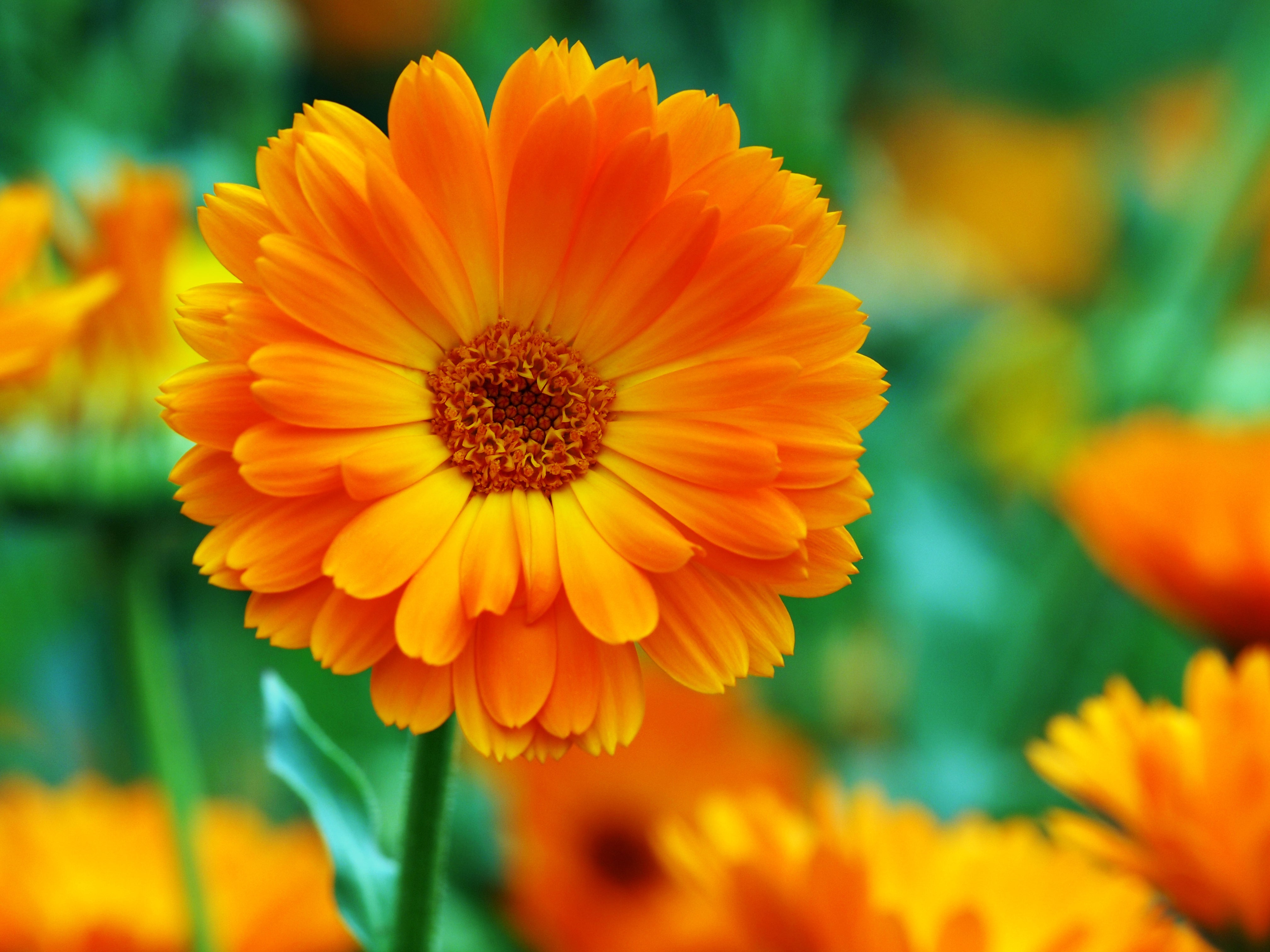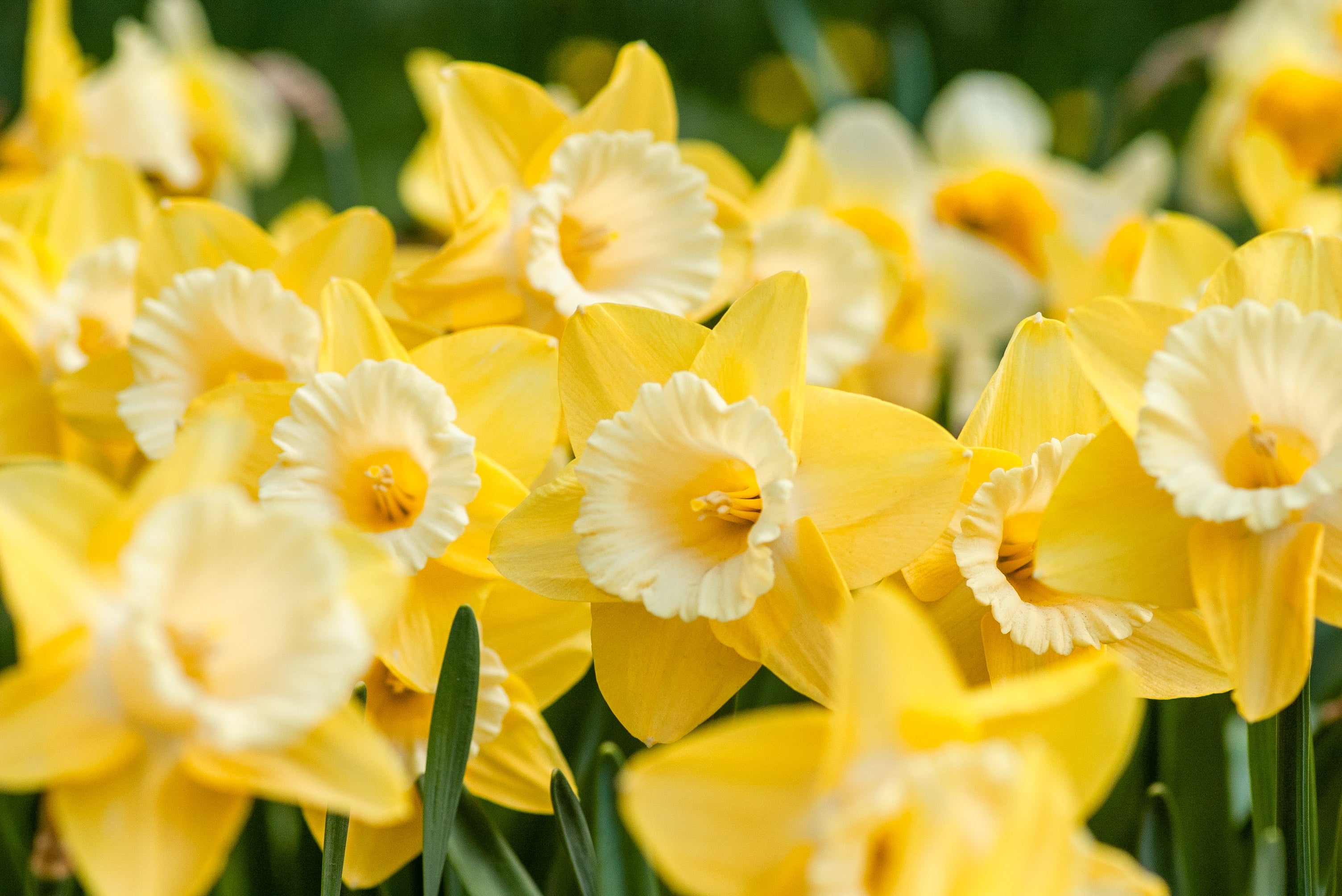Radishes bring colourful, crisp and a flavoursome notes to many dishes. They are particularly great when thinly sliced and tossed into salads or stir-frys. This root vegetable is a garden favourite as it’s easy and fast to grow, requiring limited growing space which makes them a great option for those with smaller gardens.

Planting Radish
Plant radish seeds (radish is best grown from seed) in a position that receives full sun, at 30cm apart. Radish seeds can be sown at any time of the year, however, to boost their growth rate ensure that the soil is well prepared with fertiliser such as Tui Blood & Bone. Sow more radish seeds each month for a continuous harvest.
Top tip: When your seeds begin sprouting, you may notice that you have planted them too close together, you can thin them out to create more space. Thin seedlings to a 10-15cm spacing, and keep the removed seedings to use as garnishes, sandwiches or as part of salads.
Care
Water regularly, particularly in the warmer summer months. It is best to water in the morning or in the evening to reduce water evaporation loss. If the soil becomes too dry this can result in bolting, where the radish becomes woody and bitter.
To help retain moisture, add mulch around the base of the seedlings, such as Tui Mulch and Feed. This mulch helps retain water, suppress weed growth, and boost the vital nutrients for your radish plants.
Boost your radishes growth rate by applying a liquid fertiliser every fortnight, such as Tui Organic Seaweed Plant Tonic.
Pests and Diseases
Protect plants from slugs and snails by applying Yates Blitzem Slug and Snail Pellets around the base of the plants. If you notice caterpillars feeding on the leaves of your radishes, apply an insect spray such as Yates Nature’s Way Organic Citrus, Vegie & Ornamental Spray.
Top tip: If you are applying a fertiliser or pest control product on your radishes, wait several days before harvesting anything and be sure to rinse veggies well.

Harvesting
Radishes are ready to be harvested once they are larger than a marble, while the roots are young and tender. Avoid leaving them in the ground too long once they are ready as this will cause them to become tough and bitter. Radish leaves also make great salad greens, however, be mindful not to remove too many of the leaves from the plant as this will impact the growth of the radish.
Top Tip: Winter radish varieties can be left in the ground longer but dig them up if frost conditions are anticipated.
Want to make a tasty dish with your radishes?

















